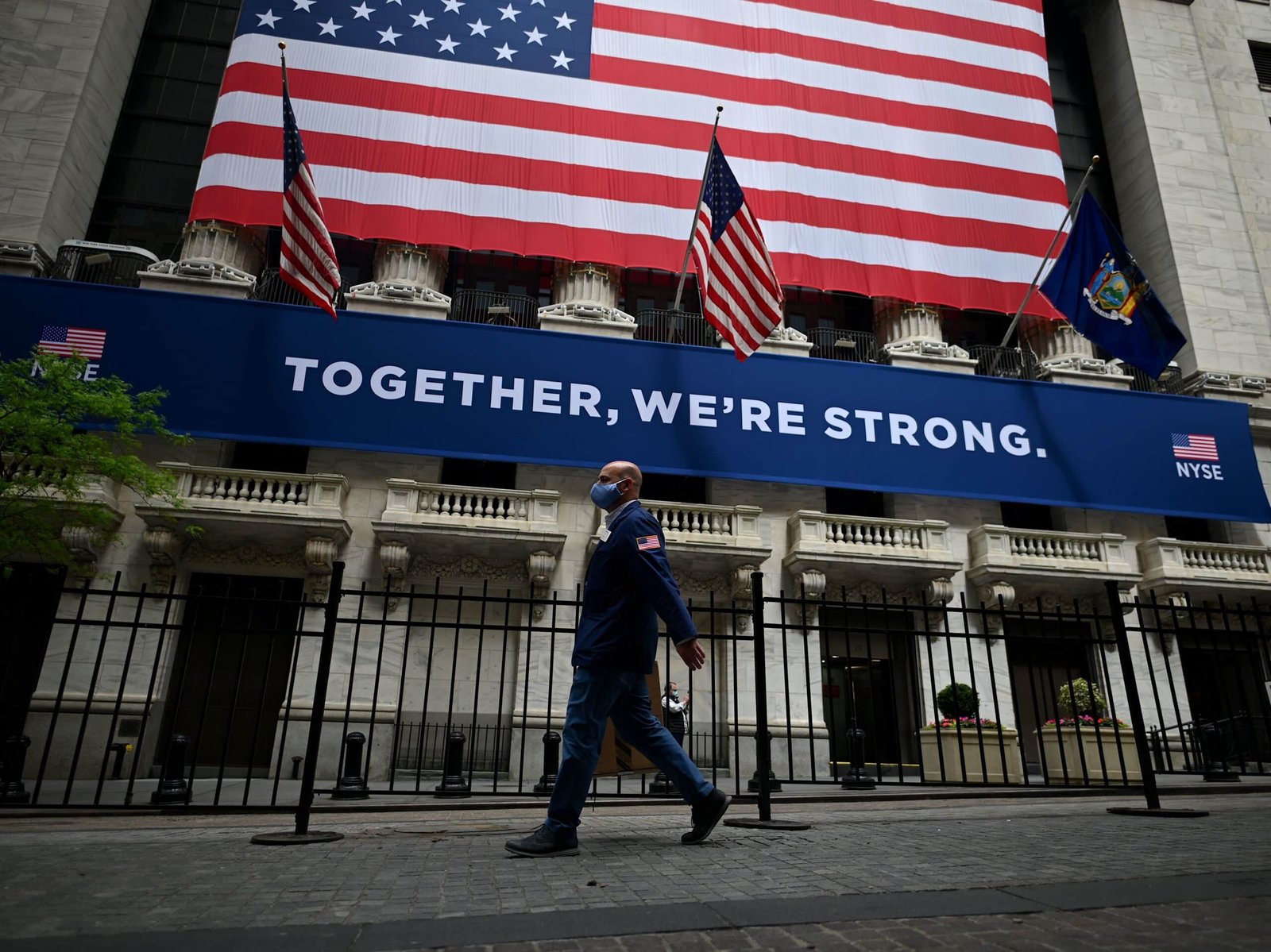The trading volume of Tether’s USDT cryptocurrency has plummeted to multi-year lows, casting doubts on the validity of the recent surge in its market capitalisation, as reported by blockchain data analytics firm Kaiko. The decline in USDT trading activity raises concerns about the stability and trustworthiness of the popular stablecoin.
Tether, which operates as a stablecoin pegged to the value of the US dollar, has historically been one of the most widely used cryptocurrencies in the market. However, recent data analysis by Kaiko reveals a substantial decrease in USDT trading volume, reaching levels not seen in years. This decline has prompted experts to question the accuracy and sustainability of the reported increase in USDT’s market capitalisation.
The decrease in trading volume is a significant development as it reflects a potential loss of confidence in USDT among market participants. Stablecoins like USDT are designed to provide stability and serve as a reliable store of value in the volatile cryptocurrency market. A decline in trading volume suggests a reduced demand for USDT and may indicate a shift in investor sentiment towards alternative stablecoin options.
Moreover, the questionable rise in USDT’s market capitalisation further deepens the concerns surrounding Tether. Market capitalisation is often considered an important metric to assess the value and liquidity of a cryptocurrency. However, in the case of USDT, the recent surge in market capitalisation appears to be at odds with the decline in trading volume, prompting skepticism among analysts and market observers.
Tether has faced scrutiny and legal challenges in the past regarding the transparency and backing of its stablecoin. The company has claimed that each USDT token is fully backed by reserves, primarily consisting of cash and cash equivalents. However, the lack of a comprehensive and independently verified audit has fueled doubts about the legitimacy of Tether’s claims.
The combination of declining trading volume and questionable market capitalisation raises questions about the overall stability and trustworthiness of USDT. Investors and traders are advised to exercise caution and consider alternative stablecoin options that provide greater transparency and regulatory compliance.
The recent developments surrounding USDT underscore the importance of regulatory oversight and transparency in the cryptocurrency market. As the industry continues to mature, it becomes imperative for stablecoin issuers to adhere to rigorous standards, including regular audits and transparent reporting, to instill confidence and protect the interests of market participants.
The decline in USDT trading volume and the questionable increase in its market capitalisation raise concerns about the stability and credibility of Tether’s stablecoin. The decrease in trading activity suggests waning confidence among investors, while the discrepancies between market capitalisation and trading volume fuel skepticism. As the cryptocurrency ecosystem evolves, regulatory measures and increased transparency are necessary to ensure the integrity and trustworthiness of stablecoins and maintain the confidence of market participants.







